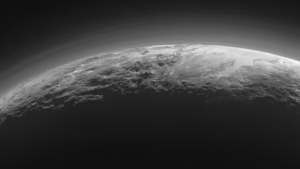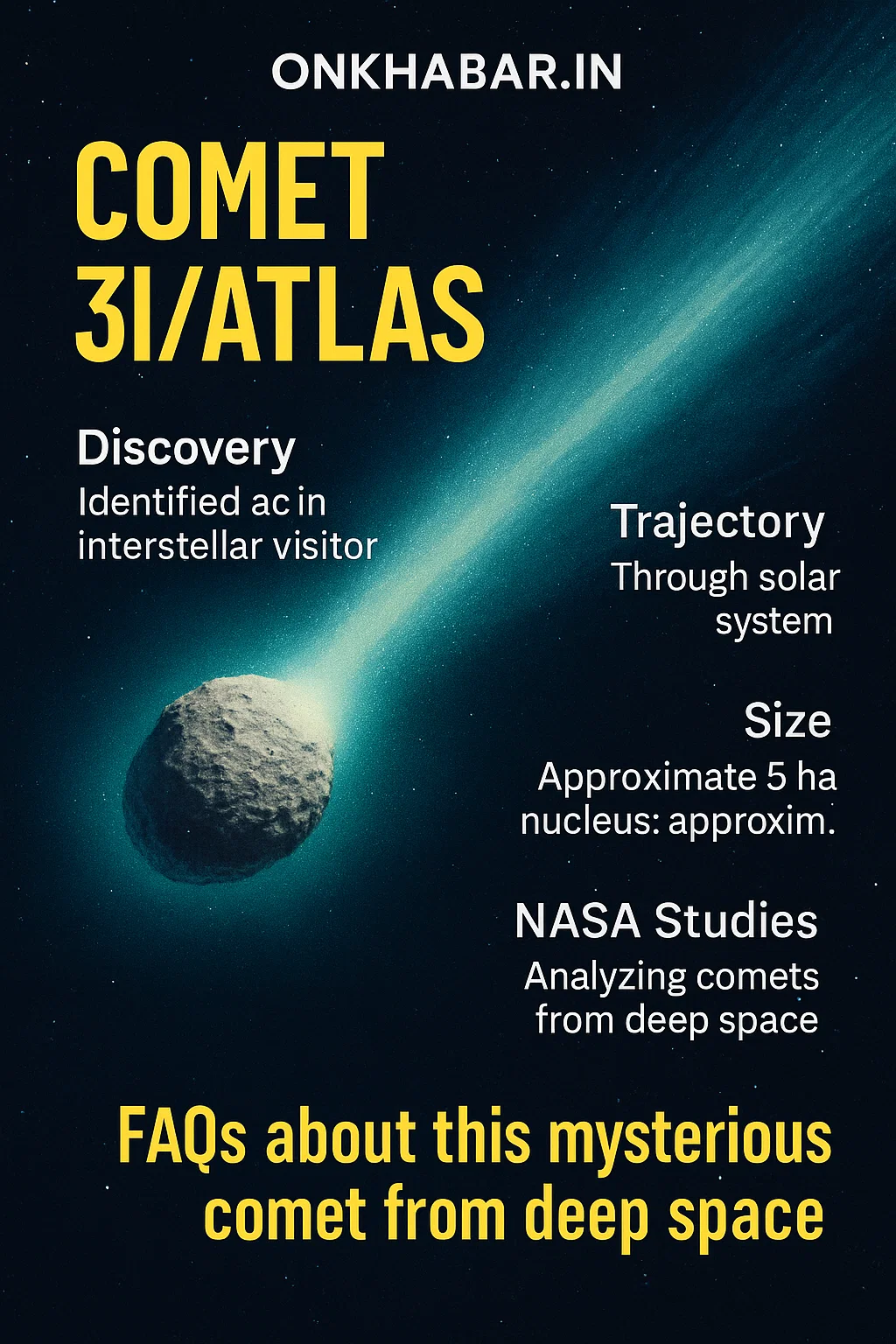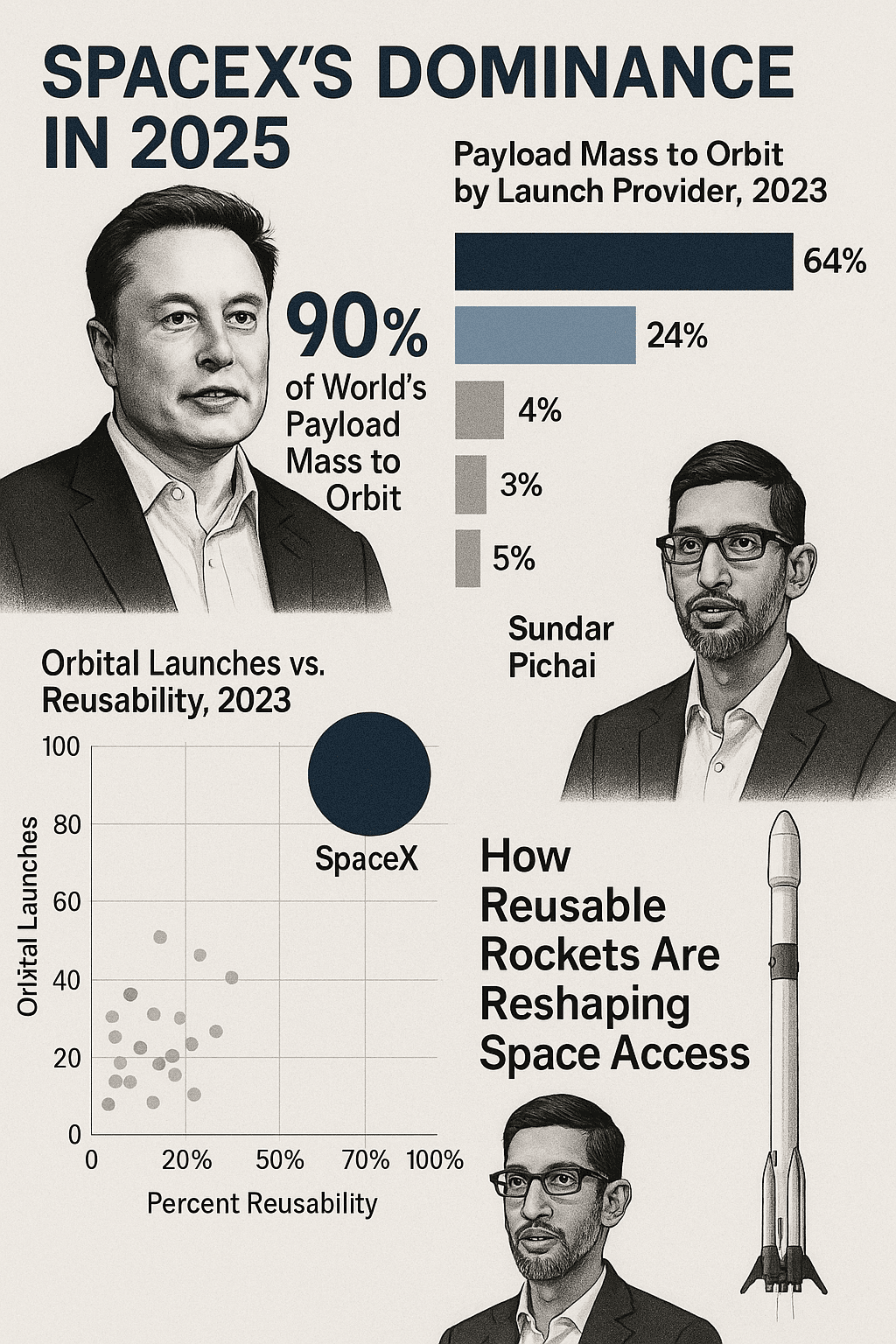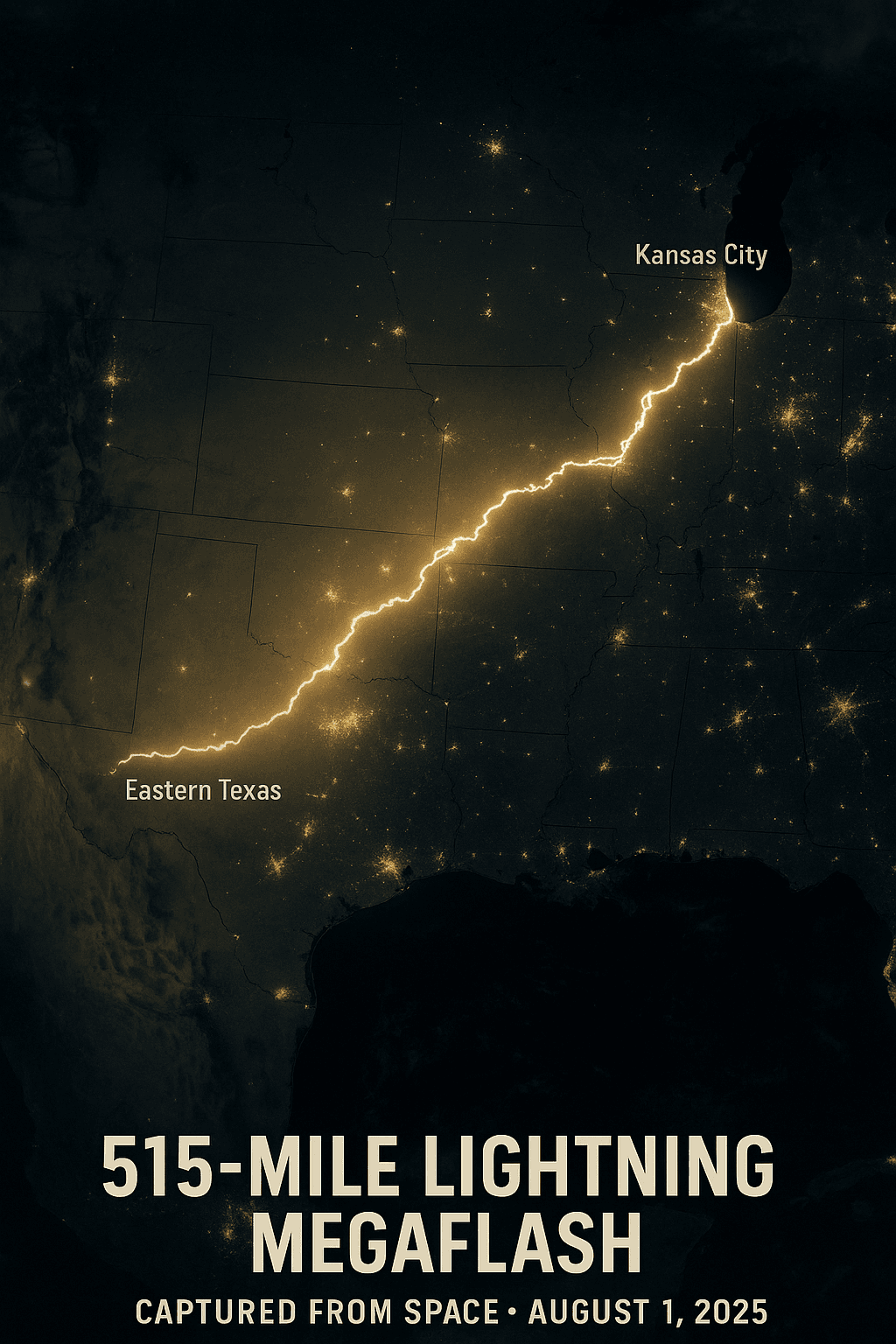
For centuries, sailors navigated the vast oceans by the stars. Now, in a stunning blend of ancient principle and cutting-edge technology, NASA’s intrepid New Horizons spacecraft has done the same, not across seas, but across hundreds of millions of miles of interplanetary space. This successful demonstration of stellar parallax navigation marks a revolutionary leap in how we can guide spacecraft into the farthest reaches of our Solar System and beyond.

The Challenge: Lost in the Deep Black
Once spacecraft venture far beyond Earth, traditional navigation methods face immense challenges. Radio signals from Earth take hours to reach them and return, introducing significant lag and potential error. Relying solely on ground-based tracking becomes increasingly imprecise over interstellar distances. Future missions, aiming for the outer planets or even other stars, will need a way to autonomously determine their position – a celestial GPS using the universe itself as a reference.
The Ancient Solution Reborn: Stellar Parallax
The principle New Horizons harnessed is stellar parallax, an effect known since antiquity but never before utilized for active navigation by a spacecraft in deep space. Imagine holding your finger up close to your face and closing one eye, then the other. Your finger appears to jump against the background. This shift in perspective is parallax.
Applied to stars, it means that a nearby star will appear to shift its position slightly against the backdrop of much more distant stars when viewed from two different locations. The farther apart the viewing points, the larger the apparent shift. Astronomers use Earth’s orbit around the Sun (a baseline of about 186 million miles) to measure the parallax of stars and calculate their distances – it’s the fundamental method for mapping our stellar neighborhood.
New Horizons’ Groundbreaking Experiment
In April 2020, while a staggering 438 million miles (over 4.6 billion miles from the Sun!) from Earth, New Horizons turned its sensitive Long Range Reconnaissance Imager (LORRI) towards two familiar stars: Proxima Centauri (our nearest stellar neighbor at 4.2 light-years) and Wolf 359 (7.86 light-years away). From this unique vantage point, vastly farther from the Sun than Earth, these stars appeared in subtly different positions in the sky compared to where Earth-based telescopes saw them at the exact same time.
This was the crucial parallax shift.
Pinpointing the Pioneer
Here’s where the magic happened. The New Horizons science team, led by Tod Lauer of the National Science Foundation’s NOIRLab, didn’t just observe this shift for scientific curiosity. They used it operationally.
Capture: New Horizons took precise images of Proxima Centauri and Wolf 359.
Compare: These images were compared to simultaneous images taken by ground-based telescopes (like the Las Cumbres Observatory network).
Map: The observed shifts were measured against a highly accurate 3D map of nearby stars (built using data from the European Space Agency’s Gaia mission).
Triangulate: Using trigonometry and the known baseline distance between Earth and New Horizons (acting like the two “eyes”), scientists calculated the spacecraft’s position in space relative to these stars.
The Remarkable Result: They pinpointed New Horizons’ location to within an astonishing 4.1 million miles. To grasp that precision across such cosmic distances, the team offered a brilliant analogy: That’s like measuring the width of the entire continental United States to an accuracy of just 26 inches!
“It’s one thing to know something intellectually,” Dr. Lauer explained, “but another to say ‘Hey, look! This really works!’ Taking simultaneous Earth/Spacecraft images we hoped would make the concept of stellar parallaxes instantly and vividly clear.” And clear it was – a direct, visual proof of concept for autonomous deep-space navigation.
Why This Matters: The Future of Interstellar Travel
New Horizons Principal Investigator Alan Stern (Southwest Research Institute) hailed the experiment as a “pioneering interstellar navigation demonstration.” Its significance extends far beyond a single data point:
Autonomy for Deep Space Missions: Future spacecraft venturing to the Kuiper Belt, the Oort Cloud, or interstellar space could carry star trackers and cameras capable of performing similar parallax measurements. This allows them to determine their own position without constant, time-delayed communication with Earth. Imagine a probe decades from home, confidently knowing its location by sighting familiar stars.
Increased Precision: While ground tracking remains essential, stellar parallax provides an independent cross-check, potentially refining a spacecraft’s known position and trajectory with incredible accuracy over vast distances.
Enabling Ambitious Missions: Reliable autonomous navigation is critical for ambitious future missions. Think probes orbiting distant Kuiper Belt Objects, intercepting interstellar visitors like ‘Oumuamua, or even precursor missions to nearby star systems. They cannot rely solely on signals taking hours or days from Earth.
A New Era of Celestial Navigation: It proves that the fundamental technique humans used to explore Earth can be scaled up, using the cosmos itself, to explore the galaxy. “It shows that a spacecraft can indeed use onboard cameras to find its way among the stars,” Stern emphasized. “This could be highly useful for future deep space missions in the far reaches of the Solar System and in interstellar space.”
New Horizons: The Gift That Keeps on Giving
Launched in 2006, New Horizons revolutionized our understanding of the Pluto system with its historic 2015 flyby. Now, in its extended mission exploring the outer heliosphere – the bubble of solar wind – it continues to be a platform for groundbreaking science and technology demonstrations. As the fifth spacecraft ever to reach interstellar space (joining Voyagers 1 & 2 and Pioneers 10 & 11), it’s uniquely positioned to test concepts vital for humanity’s next steps into the cosmos.
This successful stellar parallax navigation test isn’t just a cool trick; it’s a foundational step towards true interstellar autonomy. It demonstrates that even in the profound emptiness of deep space, spacecraft can look to the ancient, steady light of the stars and confidently answer the timeless question: “Where am I?” The ocean of space awaits, and New Horizons has just proven we have the celestial sextant to navigate it.









